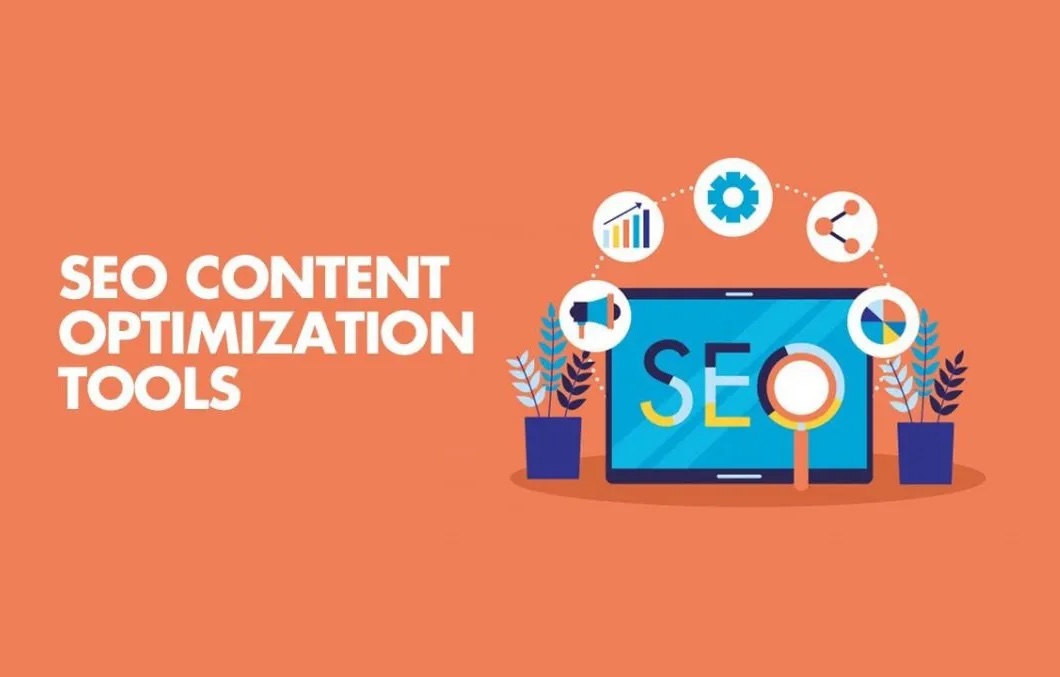How to Create SEO-Optimized Content: Best Practices and Strategies
In today's competitive digital landscape, creating content that not only resonates with your audience but also ranks well in search engines is crucial for driving organic traffic and achieving marketing goals. SEO-optimized content serves as the backbone of effective digital marketing strategies, helping businesses improve online visibility, attract qualified leads, and enhance brand authority. This comprehensive guide explores the best practices and strategies for creating SEO-optimized content that delivers results.
Understanding SEO-Optimized Content
SEO-optimized content refers to content that is strategically crafted to rank high in search engine results pages (SERPs) for relevant keywords and phrases. While traditional SEO tactics focused solely on keyword density, modern SEO emphasizes user experience, relevance, and high-quality content that satisfies searcher intent. Effective SEO-optimized content not only attracts organic traffic but also engages users and encourages them to take desired actions, such as making a purchase or subscribing to a newsletter.
Key Elements of SEO-Optimized Content
1. Keyword Research and Analysis
Keyword research forms the foundation of SEO-optimized content creation. Start by identifying relevant keywords and phrases that align with your target audience's search queries and intent. Use keyword research tools such as Google Keyword Planner, SEMrush, or Ahrefs to discover search volume, competition level, and related keywords. Focus on long-tail keywords that are specific and less competitive, yet highly relevant to your content.
2. Content Planning and Strategy
Develop a content strategy that aligns with your business objectives and target audience preferences. Create a content calendar outlining topics, formats (e.g., blog posts, videos, infographics), and publishing schedule. Consider seasonal trends, industry news, and customer pain points to ensure relevance and timeliness in your content.
3. On-Page SEO Optimization
Optimize your content for on-page SEO factors to improve its visibility and ranking potential:
- Title Tags and Meta Descriptions: Craft compelling title tags (55-60 characters) and meta descriptions (150-160 characters) that include target keywords and entice clicks.
- Headings (H1, H2, H3): Structure your content with clear headings and subheadings to improve readability and keyword relevance.
- Keyword Placement: Naturally incorporate target keywords in the headline, introduction, throughout the content body, and in alt text for images.
- Internal Linking: Link to relevant internal pages within your website to improve navigation and distribute link equity.
4. High-Quality Content Creation
Create content that provides value, answers questions, and solves problems for your audience. Focus on producing informative, well-researched, and engaging content that encourages longer dwell times and reduces bounce rates. Use data, statistics, case studies, and expert insights to enhance credibility and authority.
5. Mobile-Friendly and User Experience (UX)
Ensure your website and content are optimized for mobile devices, as mobile usability is a significant ranking factor. Improve user experience by optimizing page load speed, enhancing navigation, and ensuring seamless readability across devices and screen sizes.
6. Multimedia and Visual Content
Incorporate multimedia elements such as videos, images, infographics, and interactive content to enrich the user experience and increase engagement. Optimize multimedia files for faster loading times and include descriptive file names and alt text to improve accessibility and SEO.
7. Content Promotion and Distribution
Promote your SEO-optimized content through various channels, including social media, email newsletters, influencers, and online communities. Encourage sharing and engagement to increase visibility and drive traffic back to your website. Leverage paid promotion strategies such as PPC (pay-per-click) advertising and sponsored content to amplify reach and attract targeted audiences.
Benefits of SEO-Optimized Content
- Increased Organic Traffic: Rank higher in search engine results pages (SERPs) for relevant keywords, attracting more organic traffic to your website.
- Enhanced User Engagement: Provide valuable and relevant content that resonates with your audience, encouraging longer time on site, lower bounce rates, and higher conversion rates.
- Improved Brand Authority: Establish your brand as a trusted authority in your industry by consistently delivering high-quality, informative content that meets user needs.
- Long-Term ROI: SEO-optimized content continues to drive organic traffic and generate leads over time, providing a sustainable return on investment (ROI) compared to paid advertising.
Case Studies and Examples
Numerous successful brands have leveraged SEO-optimized content to achieve significant growth and visibility online. For example, a travel blog optimized its destination guides with long-tail keywords and comprehensive travel tips, resulting in a 30% increase in organic traffic within six months. Similarly, an e-commerce retailer improved product pages with detailed descriptions and customer reviews, leading to higher search rankings and increased sales conversions.
Mastering the art of creating SEO-optimized content requires a strategic approach that combines keyword research, content planning, on-page optimization, user experience enhancement, and effective promotion. By focusing on delivering valuable, relevant, and well-optimized content, businesses can attract organic traffic, engage their audience, and achieve sustainable growth in today's competitive digital landscape.
Embrace these best practices and strategies to elevate your content marketing efforts, improve search engine rankings, and ultimately drive business success through SEO-optimized content creation.






































